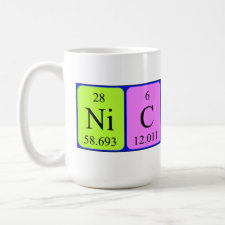
Authors: Bergmann NM, Peppas NA
Article Title: Configurational Biomimetic Imprinting for Protein Recognition: Structural Characteristics of Recognitive Hydrogels.
Publication date: 2008
Journal: Industrial & Engineering Chemistry Research
Volume: 47
Issue: (23)
Page numbers: 9099-9107.
DOI: 10.1021/ie071270u
Abstract: Using a configurational biomimetic imprinting technique, we prepared a family of molecularly imprinting polyacrylamide polymers with recognition for the template protein chicken egg white lysozyme in aqueous solution. We showed the formation of a network with specific recognitive sites for the template. To determine the overall macroscopic properties of protein-imprinted gel, we utilized a variety of tools. When gels were examined using scanning electron microscopy, definite morphological differences were observed between the CBIP polymers and the controls. Additionally, Fourier transform infrared spectroscopy determined that the presence of template had no effect upon the overall gel composition, whereas differential scanning calorimetry showed no significant change in the molecular weight between cross-links between CBIP polymers and nonimprinted polymers. Using these results, a theory of gel formation was proposed to try to elucidate gel formation in the presence of a macromolecule.
Template and target information: protein, lysozyme, chicken egg white lysozyme



Join the Society for Molecular Imprinting

New items RSS feed
Sign-up for e-mail updates:
Choose between receiving an occasional newsletter or more frequent e-mail alerts.
Click here to go to the sign-up page.
Is your name elemental or peptidic? Enter your name and find out by clicking either of the buttons below!
Other products you may like:
 MIPdatabase
MIPdatabase









